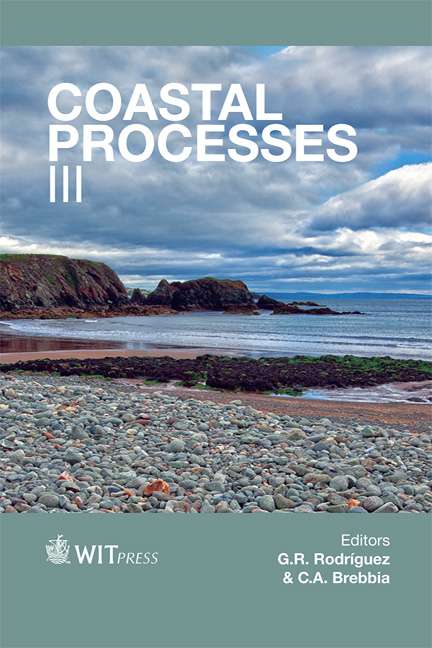Developing Integrated Remote Sensing And GIS Procedures For Oil Spill Monitoring On The Libyan Coast
Price
Free (open access)
Transaction
Volume
169
Pages
5
Page Range
125 - 129
Published
2013
Size
1,313 kb
Paper DOI
10.2495/CP130111
Copyright
WIT Press
Author(s)
A. Eljabri & C. Gallagher
Abstract
Developing integrated remote sensing and GIS procedures for oil spill monitoring on A. Eljabri & C. Gallagher Department of Civil Engineering and Built Environment, Glasgow Caledonian University, UK Abstract Remote sensing (RS) and geographic information systems (GIS) can contribute significantly to the correct interpretation of the slick signatures visible on satellite images. Initially, GIS has proven to be an excellent management tool for resource assessment, oil spill response and planning, and damage assessment. The approach to the problem of oil spill mapping includes integration of the geographical, remote sensing, oil and gas production/infrastructure data and slick signatures, detected by satellite images, in GIS. Compiled from data from several sources including nautical maps, geodatabases, ground truth and remote sensing data, GIS allows the retrieval of key information, such as predicting oil spill locations, revealing offshore/onshore sources, and estimating the intensity of oil pollution. Remote sensing and GIS technologies can improve the identification and classification of oil spills, leading to construction of the final product, an oil spill distribution map. This approach has been applied to oil spill mapping on the Libyan coast. We conclude that the combination of GIS and remote sensing RS technologies provides an ideal solution for understanding the spatial/temporal distribution of oil spills in the marine environment and is considered as the core of the oil spill monitoring system. Keywords: remote sensing data, GIS, oil spills.
Keywords
remote sensing data, GIS, oil spills.





